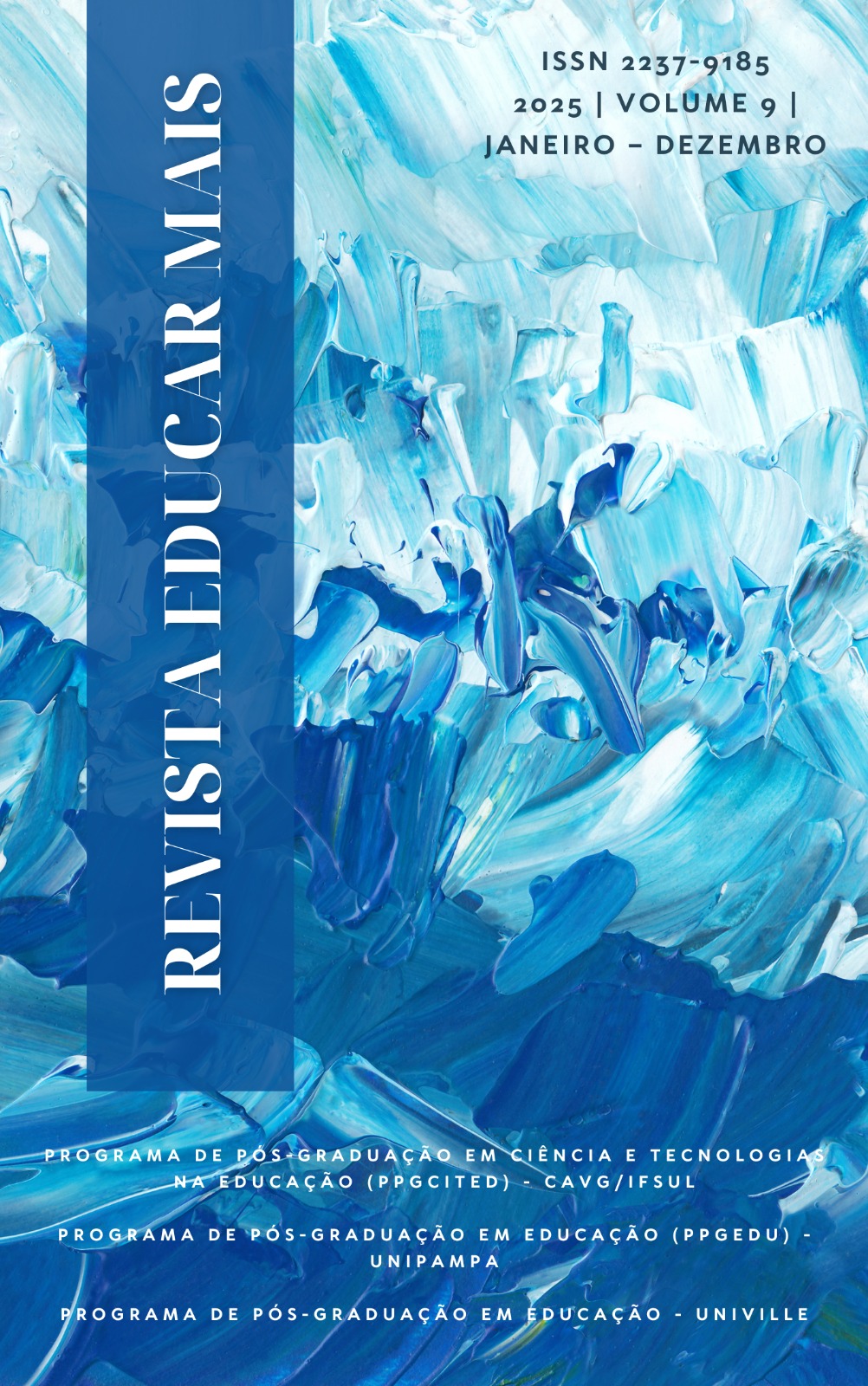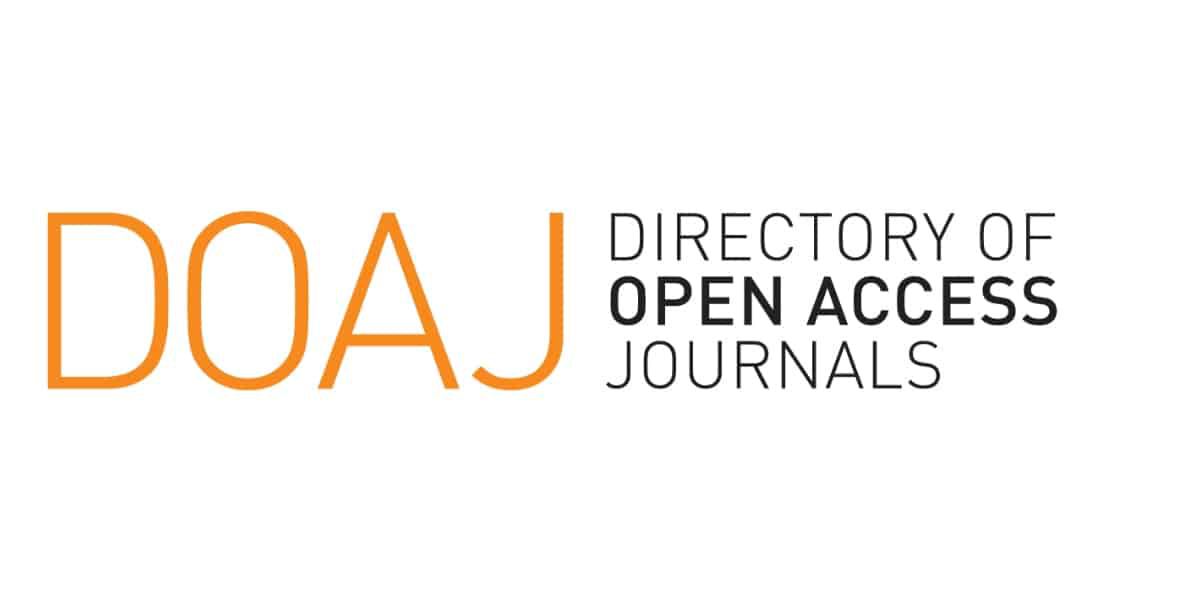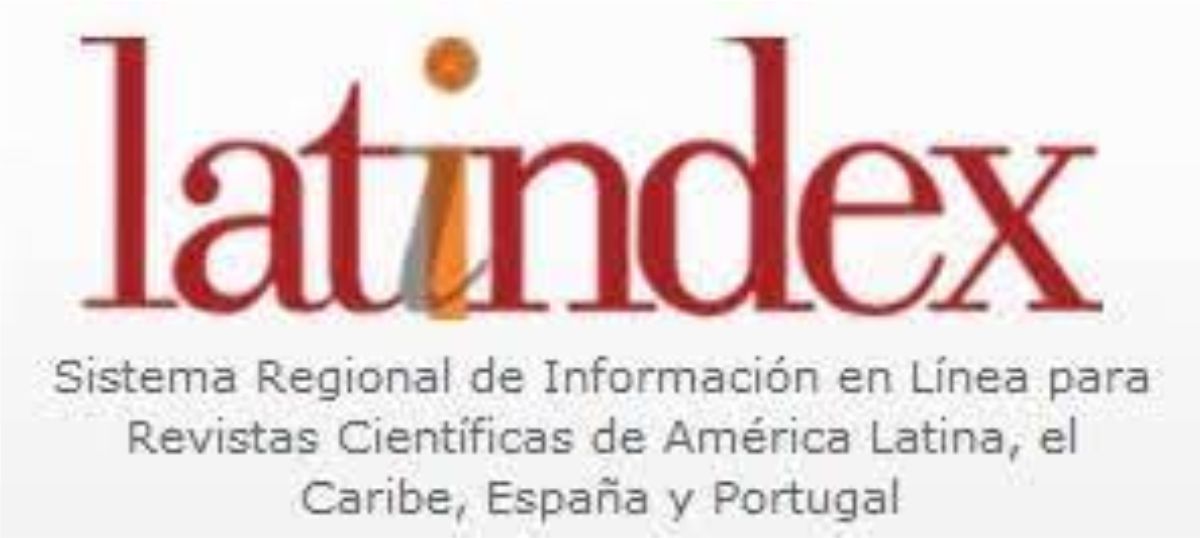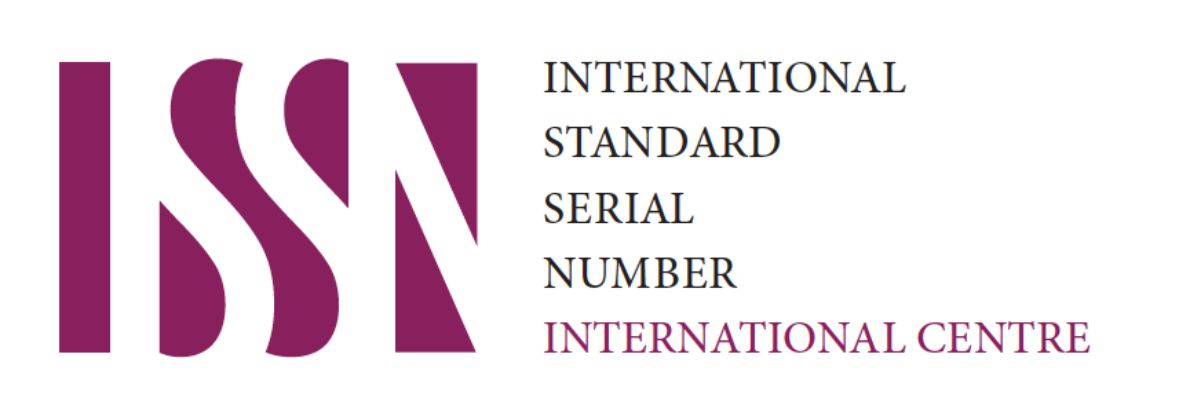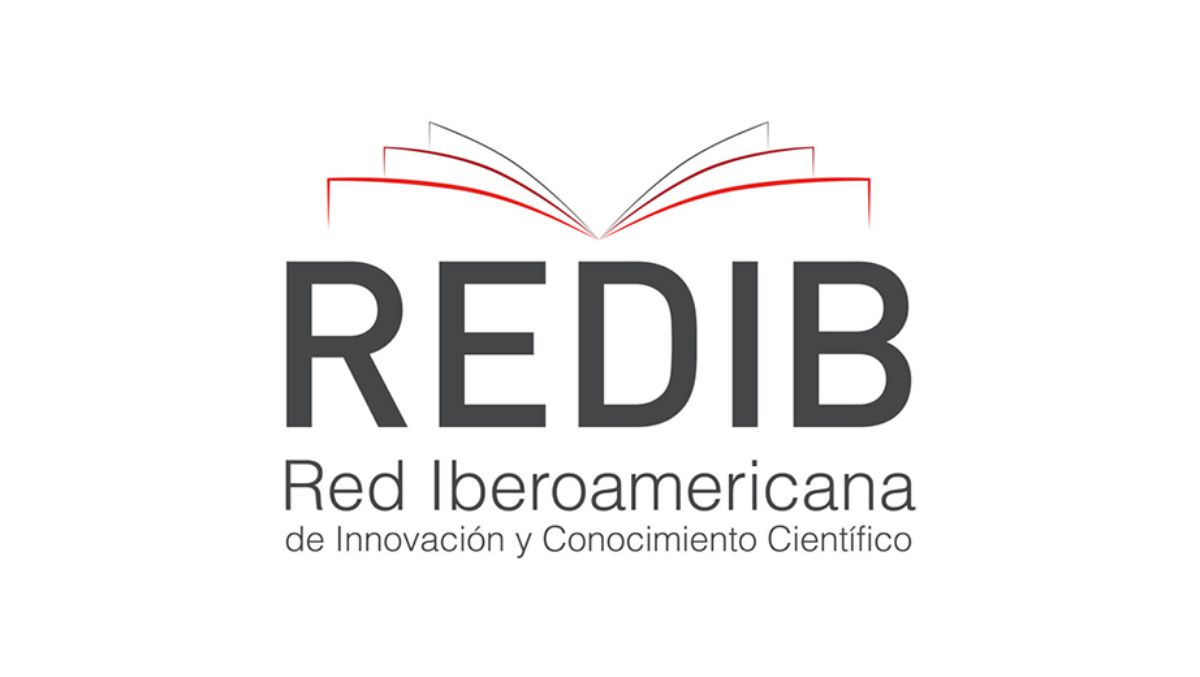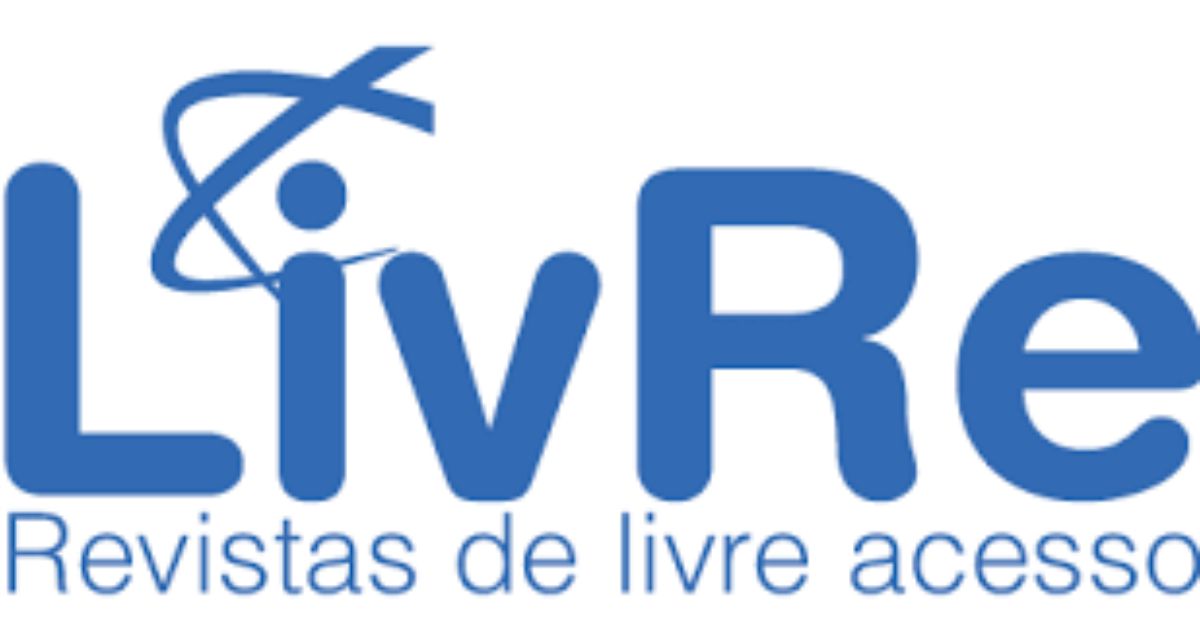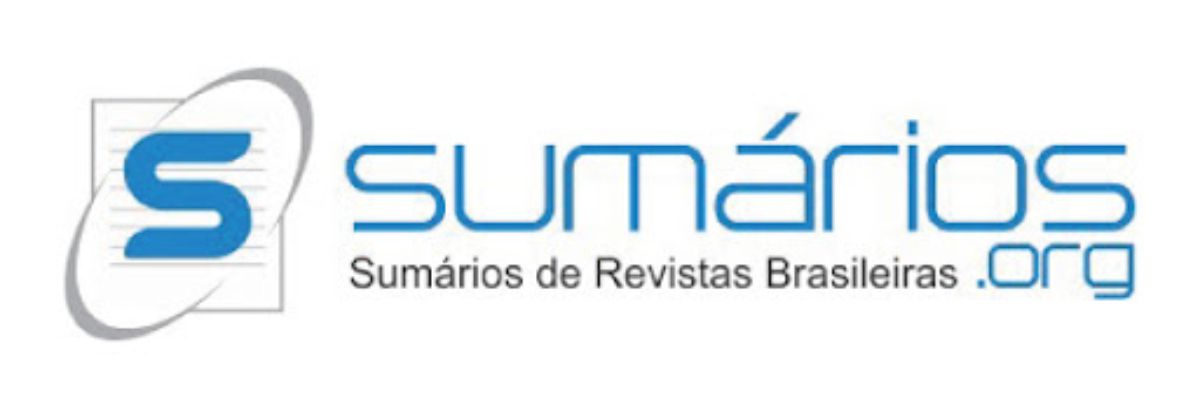Immersive technologies for engineering teaching: an approach applied to Higher Education
DOI:
https://doi.org/10.15536/reducarmais.9.2025.4178Keywords:
Mechanical Engineering, Teaching-learning, Augmented reality, TechnologyAbstract
The contemporary educational scenario demands constant updating in the face of technological innovations. In this context, traditional tools such as conventional whiteboards have been replaced by more modern resources, such as projectors and digital boards, which provide greater interactivity with the content being worked on, favoring the teaching-learning process. This study focuses on the analysis of the use of Augmented Reality (AR) as a pedagogical tool in the teaching of disciplines related to Mechanical Engineering. The proposal seeks to address a recurring difficulty among students: the limitation in the three-dimensional visualization of elements usually presented in two-dimensional representations. The methodology adopted is based on a bibliographic review of relevant works, with the aim of mapping the state of the art on the subject. The results obtained indicate the feasibility of implementing AR in the classroom, provided that there is prior training of teachers, who will act as mediators in the learning process. It is concluded that the use of AR contributes significantly to the improvement of teaching in the area of Mechanical Engineering, promoting a broader and more effective understanding of the contents, in addition to presenting itself as a viable and applicable tool in the educational context.
Downloads
References
ALIEV, Yuksel; KOZOV, Vasil; IVANOVA, Galina ; IVANOV, Aleksandar. 3D Augmented Reality Software Solution for Mechanical Engineering Education. ACM International Conference Proceeding Series, v.1, pp. 318-325, 2017. Available at:<https://dl.acm.org/doi/10.1145/3134302.3134306 >. Last accessed on: 20 mar. 2025.
ARAUJO, Pansera de; SCHORN, Solange Castro. Formação docente, currículo e políticas públicas. Revista Contexto & Educação, 32(103), 1–4. 2017. Available at:<https://doi.org/10.21527/2179-1309.2017.103.1-4>. Last accessed on: 04 apr. 2025.
AZUMA, Ronald. A Survey of Augmented Reality. Teleoperators and Virtual Environments, vol. 6, no. 4, pp. 355-385, 1997.
CORREA, Luciana Flor; BAZZO, Walter Antônio. Contribuições da abordagem ciência, tecnologia e sociedade para a humanização do trabalho docente. Revista Contexto & Educação, 32(102), 57–80. 2017. Available at:<https://doi.org/10.21527/2179-1309.2017.102.57-80.>. Last accessed on: 20 mar. 2025.
DINIZ, Wendell Fioravante da Silva. Acionamento de dispositivos robóticos através de interface natural em realidade aumentada. Dissertação de Mestrado. Universidade Estadual de Campinas. 123 p. 2012. Available at:<https://repositorio.unicamp.br/acervo/detalhe/858895?guid=1651449605964&returnUrl=%2Fresultado%2Flistar%3Fguid%3D1651449605964%26quantidadePaginas%3D1%26codigoRegistro%3D858895%23858895&i=22 >. Last accessed on: 20 mar. 2025.
FREITAS, Rodolfo Enrique Perdomo; FONTANA, Maria Iolanda; ZATTI; Angela Helena. Relações entre metodologia ativa, avaliação formativa e aprendizagem discente no curso de engenharia mecânica. Cadernos Unifoa, v.1, n. 45, pp. 97-106, 2021. Available at:<https://revistas.unifoa.edu.br/cadernos/article/view/3386> . Last accessed on: 20 mar. 2025.
GUTIERREZ, Jorge Martin; FERNANDÉZ, Maria Dolores Meneses. Applying Augmented Reality in engineering education to improve academic performance & student motivation. International Journal of Engineering Education, 2014, v. 30, n. 3, pp. 625-635. Available at:<https://www.researchgate.net/publication/270448828_Applying_Augmented_Reality_in_Engineering_Education_to_Improve_Academic_Performance_Student_Motivation>. Last accessed on: 20 mar. 2025.
HERPICH, Fabrício; NUNES, Felipe Becker; VOSS, Gleizer Bierhalz; SINDEAUX, Paulo; TAROUCO, Liane Margarida Rockenbach; LIMA, José Valdeni. Realidade aumentada em geografia: uma atividade de orientação no ensino fundamental. Novas Tecnologias na Educação, vol. 15, pp. 1-10, 2017. Available at:<https://doi.org/10.22456/1679-1916.79225> . Last accessed on: 20 mar. 2025.
HERPICH, Fabrício; LIMA, Wilson Vanucci; NUNES, Felipe Becker; LOBO, Cesar de Oliveira; TAROUCO, Liane Margarida Rockenbach. Atividade Educacional utilizando Realidade Aumentada para o ensino de Física no Ensino Superior. Revista Iberoamericana de Tecnología en Educación y Educación en Tecnología, nº 25, p.68-77, 2020. Available at:< http://www.scielo.org.ar/pdf/ritet/n25/n25a08.pdf. > . Last accessed on: 04 apr. 2025.
JUSTIMIANO, Andresa; GOMES, Caroline; MOTTA, Everton Simões; SEMENTILLE, Antônio Carlos. Sistema de Realidade Aumentada para o Ensino e Treinamento de Pessoas Quanto a Execução de Serviços de Montagem e Manutenção de Equipamentos. Revista Iberoamericana de Tecnología en Educación y Educación en Tecnología, nº. 28, pp. 34-40, 2021. Available at:< https://doi.org/10.24215/18509959.28.e4 >. Last accessed on: 04 apr. 2025.
KRUMMENAUER, Wilson Leandro; DARROZ, Luiz Marcelo. Avaliação através de mapas conceituais em uma disciplina de física no curso de Engenharia Mecânica. Revista Experiências em Ensino de Ciências, v.14, nº 3, pp.366- 372, 2019. Available at: <https://fisica.ufmt.br/eenciojs/index.php/eenci/article/view/274/250> . Last accessed on: 04 apr. 2025.
KRUMMENAUER, Wilson Leandro; COSTA, Sayonara Salvador Cabral. Mapas conceituais como instrumentos de avaliação na Educação de Jovens e Adultos. Revista Experiências em Ensino de Ciências, v.4, pp.33-38, 2009. Available at:<https://fisica.ufmt.br/eenciojs/index.php/eenci/article/view/309 >. Last accessed on: 20 mar. 2025.
LEITE, Bruno Silva. Aplicativos de realidade virtual e realidade aumentada para o ensino de Química. Revista de Estudos e Pesquisas sobre Ensino Tecnológico, v.6, 18p, 2020. Available at:<https://www.researchgate.net/profile/Bruno-Leite-9/publication/342097863_Aplicativos_de_realidade_virtual_e_realidade_aumentada_para_o_ensino_de_Quimica/links/5ee21297299bf1faac4af97c/Aplicativos-de-realidade-virtual-e-realidade-aumentada-para-o-ensino-de-Quimica.pdf > . Last accessed on: 04 apr. 2025.
LIMA, Wilson Vanucci Costa; NUNES, Felipe Becker; HERPICH, Fabrício; LOBO, Cesar de Oliveira. Uma Revisão sistemática da literatura sobre atividades educacionais de realidade aumentada do ensino de ciências da natureza. Revista Iberoamericana de Tecnología en Educación y Educación en Tecnología, nº. 29, pp. 9-19, 2020. Available at:<http://sedici.unlp.edu.ar/bitstream/handle/10915/120989/Documento_completo.pdf-PDFA.pdf?sequence=1&isAllowed=y > . Last accessed on: 04 apr. 2025.
LOPES, Luana Monique Delgado; VIDOTTO, Kajiana Nuernberg Sartor; POZZEBON, Eliane; FERENHOF, Helio Aisenberg. Inovações educacionais com o uso da realidade aumentada: uma revisão sistemática. Educação em Revista, v. 35, pp. 1-33, 2019. Available at:<https://doi.org/10.1590/0102-4698197403 >. Last accessed on: 15 apr. 2025.
MACEDO, Suzana ; BIAZUS, Maria Cristina Villanova ; FERNANDES, Filipe Arantes. Ensino do Campo Magnético de um Ímã em Forma de Barra Utilizando Recursos de Realidade Aumentada. Revista Informática na Educação: Teoria e prática. v.14, n.1, pp. 153-165, 2021. Available at:<https://www.seer.ufrgs.br/index.php/InfEducTeoriaPratica/article/view/21994/13985>. Last accessed on: 15 apr. 2025.
MEC – Ministério da Educação. Sítio Eletrônico. 2010. Available at:<http://portal.mec.gov.br/dmdocuments/referenciais.pdf.> Last accessed on: 15 apr. 2025.
MEKNI, Mehdi; LEMIEUX, André. Augmented Reality : Applications , Challenges and Future Trends. Applied Computational Science anywhere, v.1, pp. 205–214, 2014. Available at:<http://www.cs.ucf.edu/courses/cap6121/spr2020/readings/Mekni2014.pdf>. Last accessed on: 20 apr. 2025.
MORAN, José Manuel. Os novos espaços de atuação do professor com as tecnologias. Endipe, in ROMANOWSKI, Joana Paulin et al (Orgs). Conhecimento local e conhecimento universal: Diversidade, mídias e tecnologias na educação. vol 4, nº12, pp.1-9, 2004. Available at:<https://doi.org/10.7213/rde.v4i12.6938 >. Last accessed on: 20 apr. 2025.
MOREIRA, Lorena Claudia de Souza; RUSCHEL, Regina Coeli. Realidade aumentada na visualização de soluções do projeto de arquitetura. Revista Sociedade Ibero-americana de Gráfica Digital, 2015. Available at:<https://www.proceedings.blucher.com.br/article-details/realidade-aumentada-na-visualizao-de-solues-do-projeto-de-arquitetura-22319 >. Last accessed on: 20 apr. 2025.
PEDROSA, Stella Maria Peixoto de Azevedo; GUIMARÃES, Marco Antonio Zappala. Realidade Virtual e Realidade Aumentada: refletindo sobre os usos e benefícios na educação. Revista Educação e Cultura Contemporânea, v. 16, nº 43, 24p, 2019. Available at:<http://periodicos.estacio.br/index.php/reeduc/article/viewArticle/6258 >. Last accessed on: 20 mar. 2025.
ROCHA, Thomaz Osmane dos Santos; GOMES, Igor dos Santos; SILVA, Douglas Santos; ANDRADE, Jonatas de Sousa ; SILVA, Francisco Xavier Lima; VILHENA, Edil Silva ; PEREIRA, Léo Cesar de Oliveira; FUJIYAMA, Roberto Tetsuo. Uso sustentável da palmeira de miriti como matéria prima e ferramenta didática no ensino/aprendizagem na disciplina de usinagem de materiais na engenharia mecânica. Brazilian Applied Science Review, v.3, n.1, pp.608-619, 2019. Available at:<https://www.brazilianjournals.com/index.php/BASR/article/view/825/705 >. Last accessed on: 20 apr. 2025.
ROMERO, Tori; HOUNSELL, Marcelo da Silva. Introdução à Realidade Virtual e Aumentada. Porto Alegre: Editora SBC, 536 pp. 2018.
SÁ, Asla Medeiros; FERNÁNDEZ, Manuel Eduardo; RAPOSO, Alberto; COSTA, Alvaro Maia. Realidade aumentada para auxiliar na gestão da construção. Cmne/Cilamce, n.1, pp. 1-14. 2007. Available at:<https://www.researchgate.net/profile/Alberto_Raposo/publication/228612181_Augmented_reality_to_Aid_Construction_Management/links/0fcfd50bfa77417887000000.pdf. > . Last accessed on: 20 apr. 2025.
THORNTON, Timothy; ERNST, Jeremy; CLARK, Aaron. Augmented reality as a visual and spatial learning tool in technology education. Technology & Engineering Teacher, vol. 71, nº 8, pp. 18-21, 2012. Available at:< https://eric.ed.gov/?id=EJ983328 >. Last accessed on: 20 apr. 2025.
Downloads
Published
How to Cite
Issue
Section
License
Copyright (c) 2025 Jonathan Felipe da Silva, Sandro César Silveira Jucá, Solonildo Almeida da Silva

This work is licensed under a Creative Commons Attribution-NonCommercial 4.0 International License.
DECLARATION OF RESPONSIBILITY: I hereby certify that I partially or fully participated in the conception of the work, that I did not hide any links or financial agreements between the authors and companies that may be interested in this article publication. I certify that the text is original and that the work, partially or fully, or any other work with a substantially similar content written by me, was not sent to any other journal and it will not be send while my submission is being considered by Revista Educar Mais, whether in printed or electronic format.
The author responsible for the submission represents all the authors of the manuscript and, when sending the article to the journal, guarantees s/he has obtained the permission to do so, as well as s/he guarantees the article does not infringe upon anyone’s copyright nor violate any proprietary rights. The journal is not responsible for the opinions expressed.
Revista Educar Mais is Open Access, does not charge any fees, whether for submission or article processing. The journal adopts Budapest Open Access Initiative (BOAI)’s definition, i.e., any users are permitted to read, download, copy, distribute, print, search and link to the full texts of these articles.
All the articles are published under the Creative Commons Atribuição-NãoComercial 4.0 Internacional license. The authors keep the copyright of their production. That way, they must be contacted directly if there is any interest in commercial use of their work.
